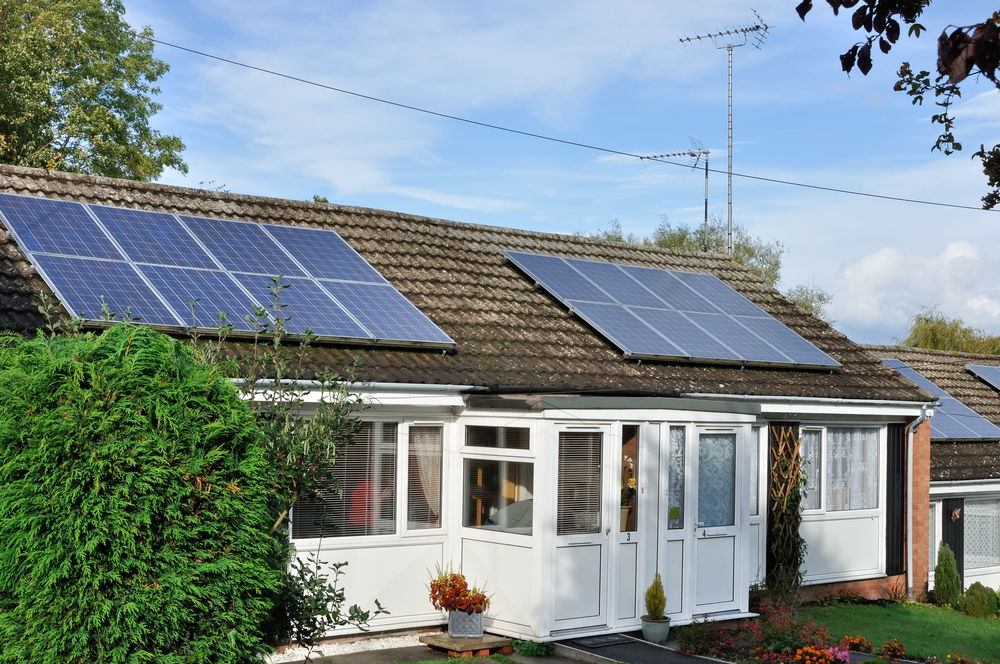Alternative energy sources are any energy source that is not derived from fossil fuels. These alternatives are often renewable unlike fossil fuels, which are finite. The 3 main types of fossil fuels are natural gas, coal and oil. Oil, the most popular, is used to manufacture plastics, asphalt for roads, and plant fertilizer as well as transportation fuels such as gasoline, diesel, and jet fuel.
Fossil fuels have long been a key component of our global society, influencing politics and the economies of counties all over the world. Since it has become popular, many scientists have predicted that world reserves would run out before long. Current estimates predict that we have enough oil to satisfy our needs until between 2025 and 2070.
This coupled with the fact that oil and other fossil fuels are responsible for the climate change our global is currently experiencing has many people around the globe scrambling to find the replacement. As a result, alternative energy sources such as solar, wind geothermal, biofuel, and nuclear are a few of the leading technologies currently positioned to carry us into the 22st century.

Convert Sunlight into Usable Electricity
The technology that allows for solar power has been around for a few centuries now, however consumer grade solar panels are fairly new. These devices convert sunlight into usable electricity that can power a wide variety of things from tiny panels that can charge mobile phones to vast arrays of panels, which can be used to power entire towns.
Wind Power
Wind power can be thought of as the cousin of solar power. As the name implies wind energy comes from the wind, which spins a turbine. Under the right conditions these turbines can produces large amounts of renewable energy. Wind turbines, also called sails that produce 50kW or less of electrical power are considered to be small scale. These are the types that individuals looking to be environmentally friend would likely buy.
Geothermal Energy
Geothermal is another clean and sustainable source of energy that is proposed as a fossils fuel alternative. Geothermal energy is produced by sending water several miles down into the earth’s crust. Here, temperatures can be as hot as 4000 degrees C, which converts the water into the steam necessary to turn the turbines that produces electricity. Geothermal energy was responsible for 11,700 megawatts of power in 2013. As new methods and technologies are developed this number is expected to rise greatly in the up and coming years.
Biofuels are fuels that come from biological material such as plants or animals. For example, ethanol is a type of transportation fuel, which comes from fermented corn or sugarcane. Even though pure ethanol can be used in as fuel alone, it is often used as a gasoline additive to improve the emissions and increase the octane. From 2009 to 2010 biofuel production grew by 17% reaching 105 billion liters worldwide. The International Energy Agency aims to reduce our dependence on petroleum and coal by have 25% of all transportation fuel come from biofuel by 2050.
































No Comments
Leave a comment Cancel